Zanussi ZBA14421SA Manual
Læs gratis den danske manual til Zanussi ZBA14421SA (56 sider) i kategorien Køleskab. Denne vejledning er vurderet som hjælpsom af 38 personer og har en gennemsnitlig bedømmelse på 4.8 stjerner ud af 19.5 anmeldelser.
Har du et spørgsmål om Zanussi ZBA14421SA, eller vil du spørge andre brugere om produktet?

Produkt Specifikationer
| Mærke: | Zanussi |
| Kategori: | Køleskab |
| Model: | ZBA14421SA |
| Vekselstrømsindgangsspænding: | 230 V |
| Bredde: | 540 mm |
| Dybde: | 550 mm |
| Højde: | 880 mm |
| Vægt: | 31620 g |
| Produktfarve: | Hvid |
| Kontroltype: | Dreje |
| Lampe type: | LED |
| Ledningslængde: | 1.8 m |
| Pakkevægt: | 32750 g |
| Energieffektivitetsklasse (gammel): | A+ |
| Årligt energiforbrug: | 189 kWh |
| Placering af apparat: | Indbygget |
| Dørhængsel: | Højre |
| Installationsrum bredde: | 560 mm |
| Installationsrum dybde: | 550 mm |
| Installationsrum højde: | 880 mm |
| Tilsluttet belastning: | 80 W |
| Støjniveau: | 38 dB |
| Strømkilde: | Elektrisk |
| Energieffektivitetsskala: | A til G |
| Støjemissionsklasse: | C |
| Energieffektivitetsklasse: | G |
| Vendbare døre: | Ja |
| Fryser, netto rumindhold: | 15 L |
| Fryser, brutto rumindhold: | - L |
| Frysekapacitet: | 2 kg/24t |
| Opbevaringstid under strømafbrydelse: | 12 t |
| Klimaklasse: | SN-ST |
| Brugerdefineret panel klar: | Ingen |
| Køleskab antal hylder/kurve: | 2 |
| Antal grøntsagsskuffer: | 1 |
| Æggebakke: | Ja |
| Køleskabsdøre: | 4 |
| Køleskab, netto rumindhold: | 112 L |
| Total netto kapacitet: | 127 L |
| Understøtter VPN: | - L |
| Køleskab indvendigt lys: | Ja |
| Stjernebedømmelse: | 4* |
| Fryser position: | Top - placeret |
| Hylder, materiale: | Hærdet glas |
| Køleskab, brutto rumindhold: | - L |
| Frisk zone, aflukke: | Ingen |
| Automatisk afrimning (køleskab): | Ja |
Har du brug for hjælp?
Hvis du har brug for hjælp til Zanussi ZBA14421SA stil et spørgsmål nedenfor, og andre brugere vil svare dig
Køleskab Zanussi Manualer

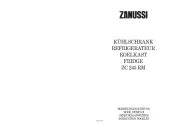
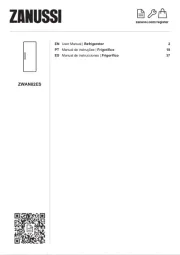
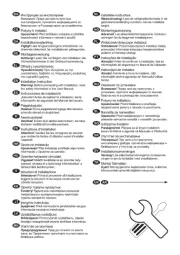
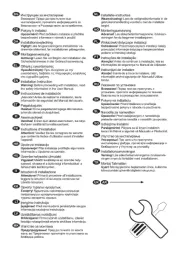
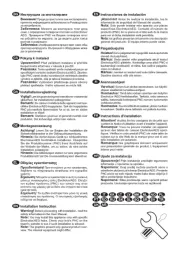
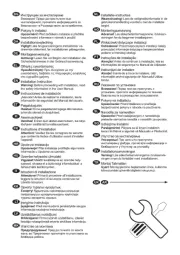
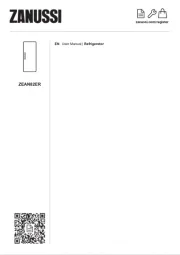
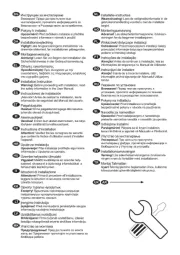

Køleskab Manualer
- LeCavist
- Edgestar
- Bomann
- Marbor
- Paulmann
- Blucher
- Curtis
- Electrolux-Rex
- Asko
- Proline
- Vintec
- Momcube
- Valberg
- Kuhla
- Cooluli
Nyeste Køleskab Manualer









